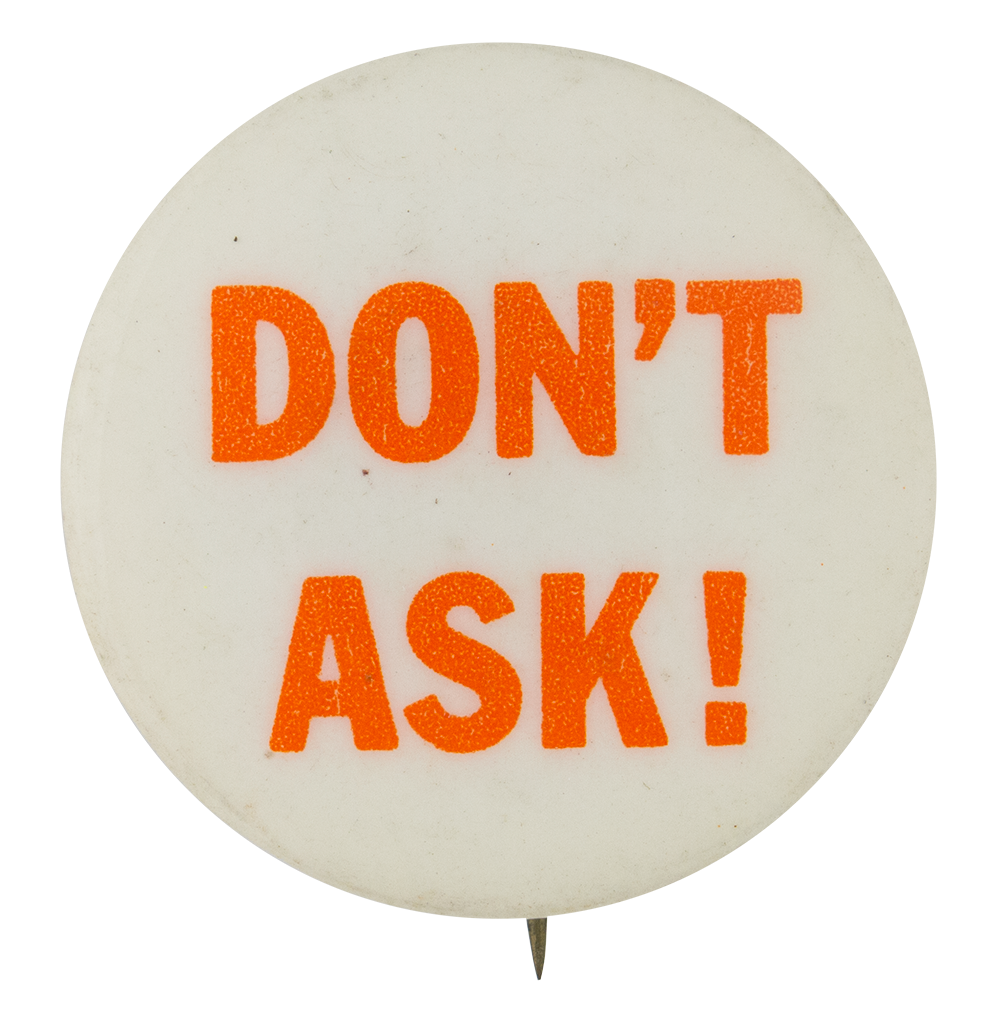
Controversial Proposals Given Air Time at Year End
The U.S Senate Judiciary Committee will hold a hearing today entitled: “Reforming the Patent Trial and Appeal Board – The PREVAIL Act and Proposals to Promote U.S. Innovation Leadership.” The hearing appears to be an effort to engender perception that the Prevail Act has some level of traction on the Hill. Yet, the Act, like all of its predecessors, remains too lopsided to advance beyond the committee stage.
The presiding chair of the Committee is Senator Coons, who just so happens to be the co-sponsor of the Prevail Act (as well as its previously unsuccessful iterations). So, this hearing appears more of a consequence of his leadership position rather than any kind of sudden legislative coalescence around previously rejected proposals.
Former Congressman Lamar Smith (of Leahy-Smith America Invents Act fame) is an invited speaker. Strangely, Smith has been a vocal opponent of the PTAB despite creating it — arguing unintended consequences. This is in stark contrast to the other legislative namesake, Senator Leahy, who prior to his retirement in 2022 attempted to “restore” the PTAB. As can be appreciated, a hearing ostensibly offered to promote dialogue and compromise seems more than a bit premature given the distance between warring viewpoints.
Given the upcoming election year in 2024 this effort will inevitably fall by the wayside regardless.







